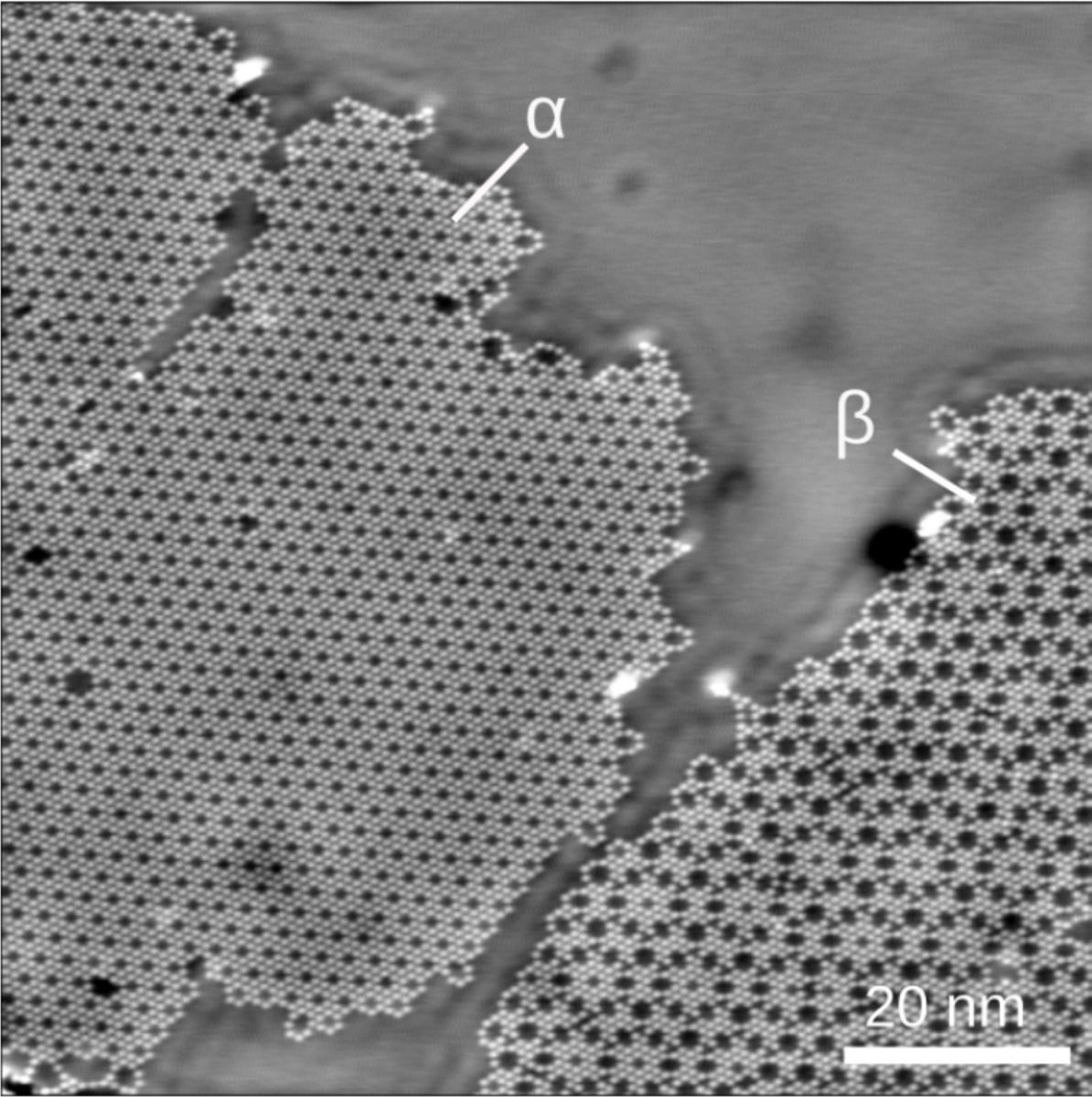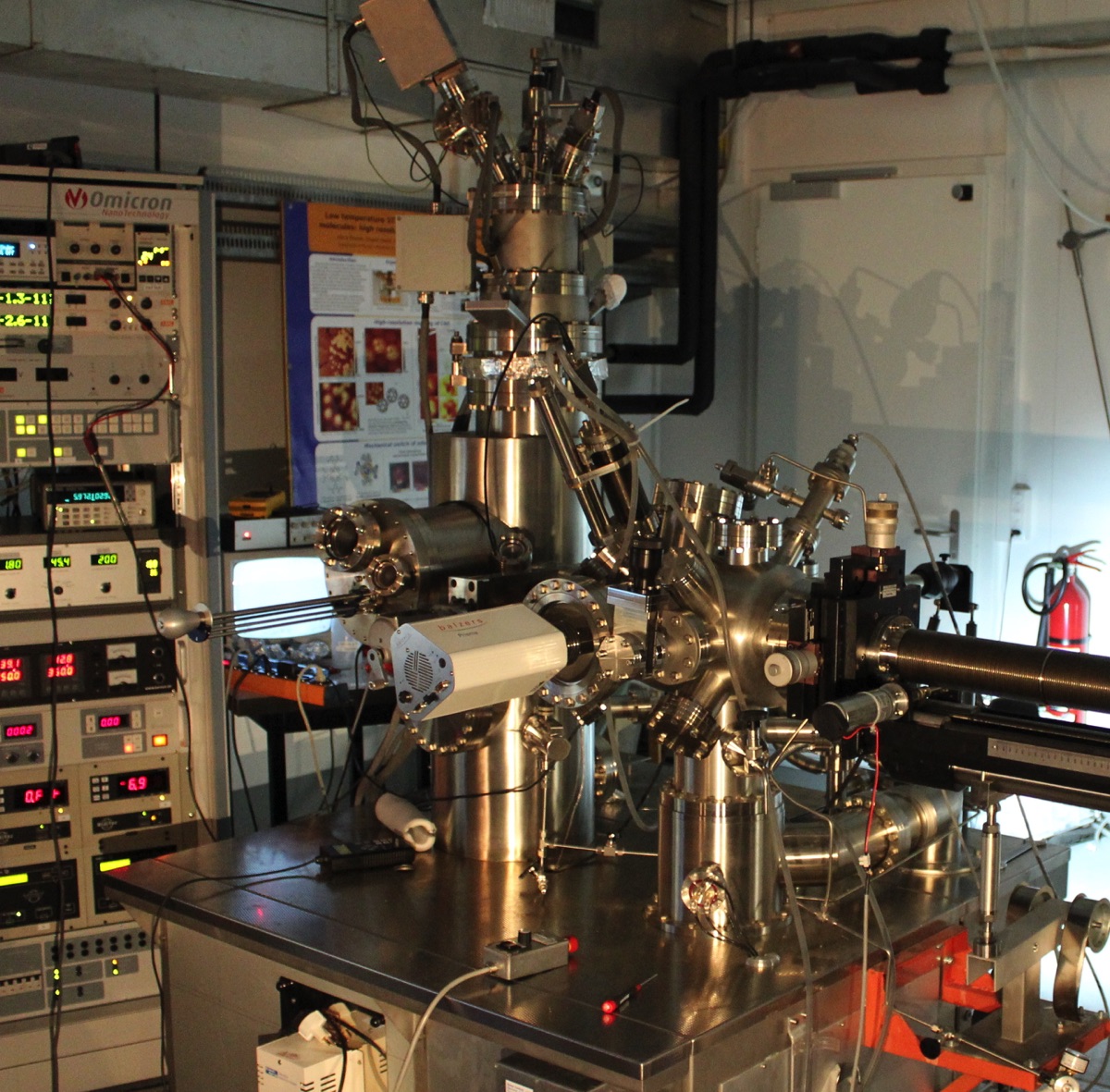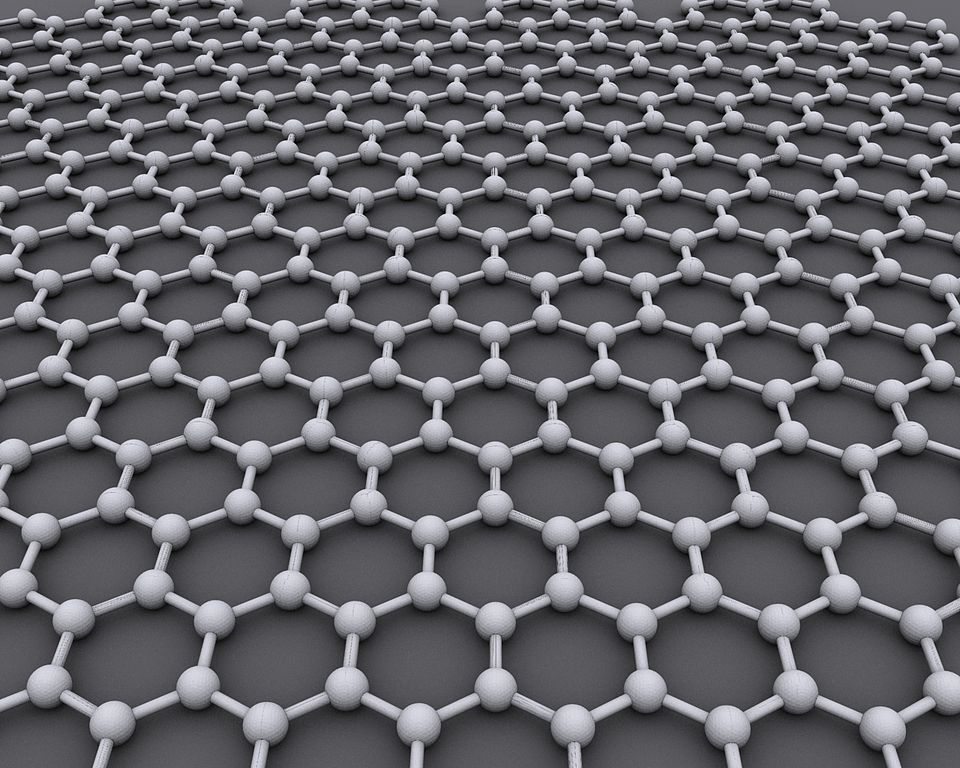2023. April 12.
New results in the development of intelligent materials leading to a significant breaktrough.
The lead author of the recent study published in the Proceedings of the National Academy of Sciences (PNAS) is Krisztina Regős, a first-year graduate student at the Department of Morphology and Geometric Modeling (MGM) of BME. The list of authors also includes, in addition to scientists from the universities of Basel and Bern, Gábor Domokos, research professor at MGM, BME, director of the joint Morphodynamics Research Group (MRG) of the Eötvös Loránd Research Network (ELKH) and BME, co-inventor of the Gömböc, and Kostya Novoselov, director of the Institute for Functional Intelligent Materials (I-FIM) at the National University of Singapore.
Ever since graphene, also dubbed the wonder material of the 21st century, has been isolated by Andre Geim and Kostya Novoselov in 2004 (earning them the Nobel Prize in physics in 2010), research of monolayers became one of the hotspots of materials science.

Structure of graphene (illustration)
Research of monolayers is primarily guided by pictures obtained by the scanning tunneling electron microscope (dubbed STM, also earning the Nobel Prize for its inventors Binnig and Roehrer), offering depth resolution close to 0.01 nm, broadly considered as the strongest available imaging technology.

STM operating at the University of Basel (Source: U. Basel)
The structure of monolayers is defined by supramolecular patterns. While detailed information about these patterns would be the ultimate key to understand material behavior, STM images are missing one of the key ingredients: intermolecular bonds can not be reliably detected in these pictures.
 |
 |
Left: STM image of two distinct supramolecular patterns composed of 2,7-Pyrenedione molecules. Molecules appear as dots, intermolecular bonds are not visible. Right: Structure drawing of the molecule. (Source: U. Basel)
In the absence of reliable imaging technology, scientists attempt to reconstruct the pattern of intermolecular bonds by using costly and time-consuming models that run on supercomputers.
The main idea of the article is to model supramolecular patterns by space-filling tessellations at four well separated scales one of which (dubbed Level 4) is visible by STM and another (dubbed Level 1) is the molecule itself. By using purely geometrical reasoning relying on the mean field theory of space-filling mosaics as well as chemical information about the molecule, the team came up with formulae defining lower and upper bounds on the average properties of the intermediate Level 2 where intermolecular bonds play a major role. The established bounds use information from Level 4 (available via STM imaging) and Level 1 (available form molecular chemistry). These formulae, which could be regarded as an enhancement of STM imaging, provide fast and reliable, albeit approximate information on intermolecular bonding patterns. The team also proved that the bounds provided by their formulae are sharp, i.e. they can not be improved and this has also been verified by using experimental data. While the current article discusses the case of hydrogen bonding, the theory can be, in principle, extended to other bonding mechanisms.
The lead author of the study is Krisztina Regős, research associate at the ELKH-BME MRG and first year graduate student at MGM, BME. Krisztina earned the Hauszmann Prize at BME for her diploma work on space filling patterns serving as geometric models. In 2021 she was awarded the Dennis Gabor Student Fellowship, as well as the audience award at the FAMELAB finals in Hungary, and her PhD studies are supported by the Albrecht Science Fellowship.
Link to the study: www.pnas.org/doi/10.1073/pnas.2300049120
|
About the Morphodynamics Research Group of ELKH and BME A central topic of the ELKH-BME MRG research group is geometric modeling of natural phenomena using space-filling patterns. One of their recent articles, published also in PNAS and linking fracture patterns to the ideas of Plato and the Gömböc was selected by Science Magazine as one of the 10 most interesting papers of the year 2020. Another central topic of the group is geophysical particle shape evolution by attrition. When the first interstellar object, dubbed ’Ouamuamua was spotted in the Solar System its hugely elongated shape was detected. Astrophysicists from Harvard speculated that it may be a spaceship, however, the American Astronomical Society published a research note authored by scientists from ELKH-BME MRG claiming that the strange shape is due to natural attrition. The article was the most read note on the AAS website for several months. |
Rector’s Cabinet Communications Directorate


